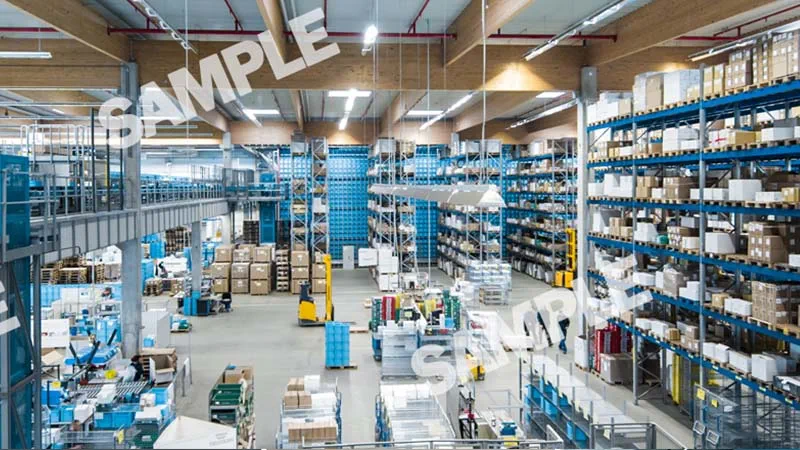Broad range of compliant materials
| Standard authority | Regulations applicable to sealing and bearing materials |
|---|---|
|
FDA |
The 21 CFR part 177 consists of sections covering requirements for many different polymeric materials, such as section 2600 for rubber materials, in which “positive lists” describe the allowable substances and limitations as well as extraction tests. Extraction tests for finished rubber parts are carried out in n-hexane and distilled water. There are limitations set after seven hours and succeeding two hours in mg/square inch. |
|
EU |
The purpose of Regulation (EU) 1935/2004 is to ensure the effective functioning of the internal market and providing the basis for ensuring a high level of protection of human health. In Annex I it lists 17 groups of materials which may be covered by specific measures. Among them are metals and alloys, rubbers, plastics and silicones. The regulation requires among other things, Good Manufacturing Practice (GMP) for all food contact materials, a functioning tracking system and proper labeling. Appropriate documentation is required from all suppliers of food contact materials that declare compliance with the rules applicable to them. The rules for plastic materials are laid down in Directive 2002/72/EC and amendments. |
|
3-A SSI |
3-A SSI Standard number 18-03 |
|
USP |
There are two general chapters in the USP that describe test procedures and evaluation methods for polymeric materials or medical devices regarding their biological reactivity. USP Chapter <88>, in vivo: It classifies materials into six classes, where class VI requires the most extensive testing. The class designation is be accompanied by one of the following extraction temperatures 50°C, 70°C and 121°C/ 122°F, 158°F and 250°F, depending on the heat resistance of the material. |
|
NSF |
NSF/ANSI Standard 51 “Food equipment materials“ is a certification of materials used in the construction of commercial food equipment. It requires a formulation review against the U.S. FDA regulations, laboratory testing and an audit at the production site. Annual renewal is mandatory. |
|
BfR |
Recommendation XV, silicones describes in section III the requirements on silicone elastomers. Recommendation XXI, Commodities based on natural and synthetic rubber, contains formulation recommendations for rubber articles. Depending on the intended type of use, type of foodstuff (aqueous, acidic, fatty and alcoholic food) and contact time, simulants and procedures for migration testing are provided. There are four categories. |
|
ISO |
ISO developed standard 10993 for biological evaluation of medical devices. ISO 10993-5: Biological evaluation of medical devices. Part 5: In vitro testing for cytotoxicity. This test is not only required by the medical device industry but also in some pharmaceutical or biotechnological processes where material toxicity with living cells is undesirable. The test method is the same as for USP <87> but displays the results differently. |
|
French Ministry of Economy, Industry and Employment |
The Ministry prepares and executes government policy in many areas including consumer affairs and industry. |
